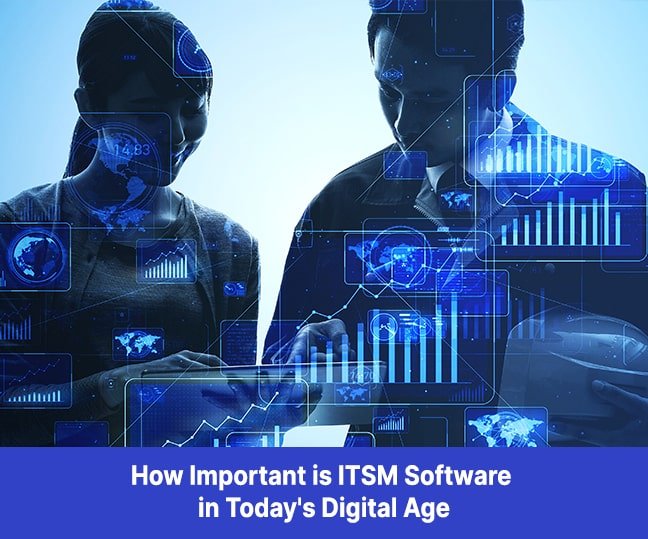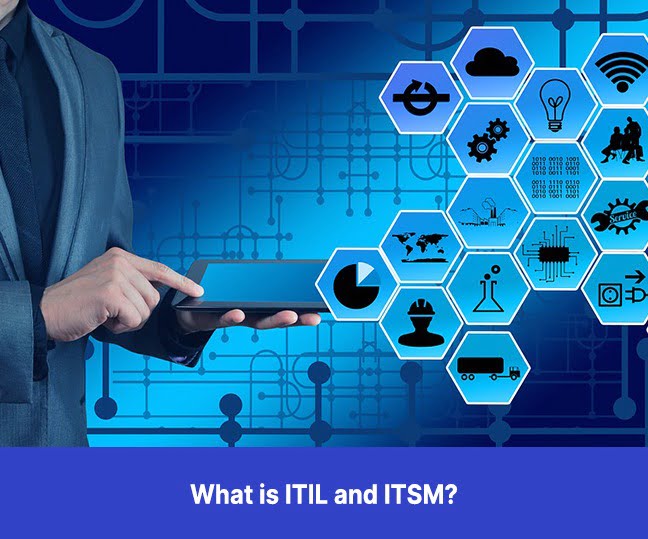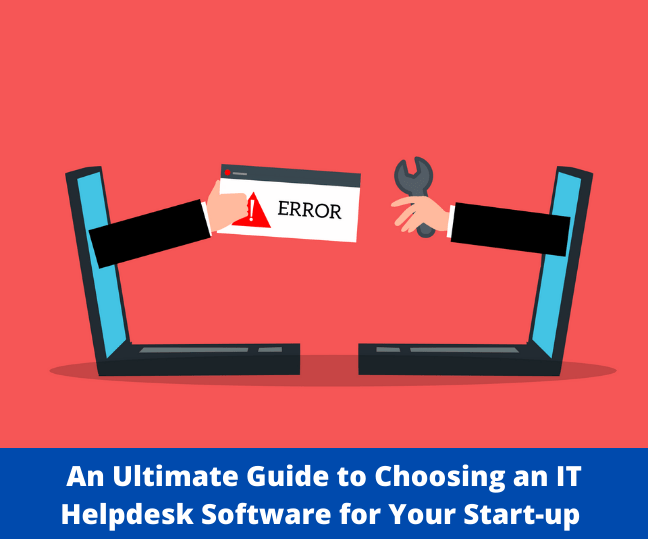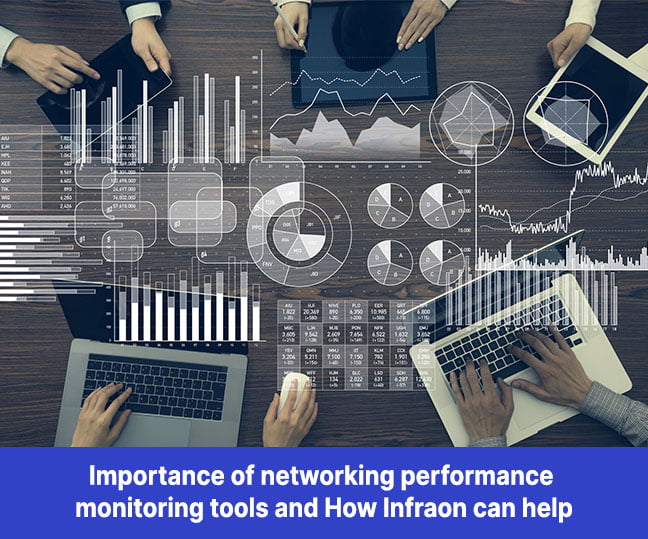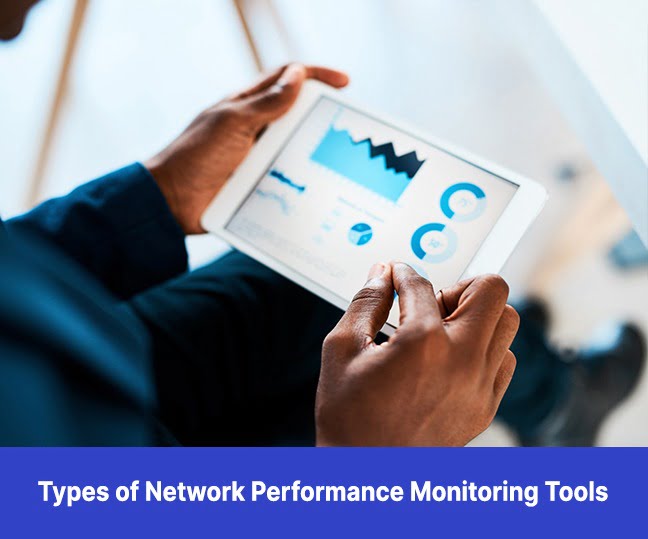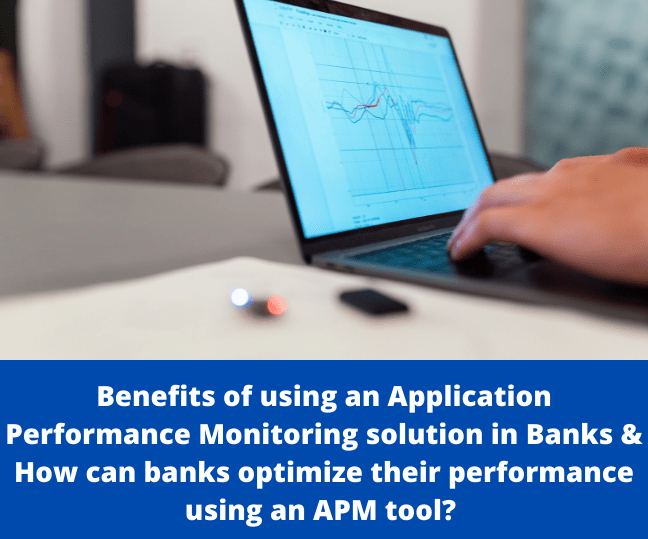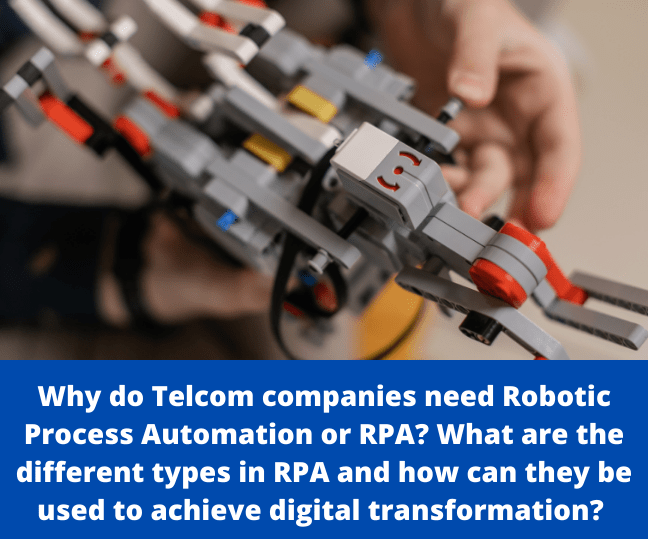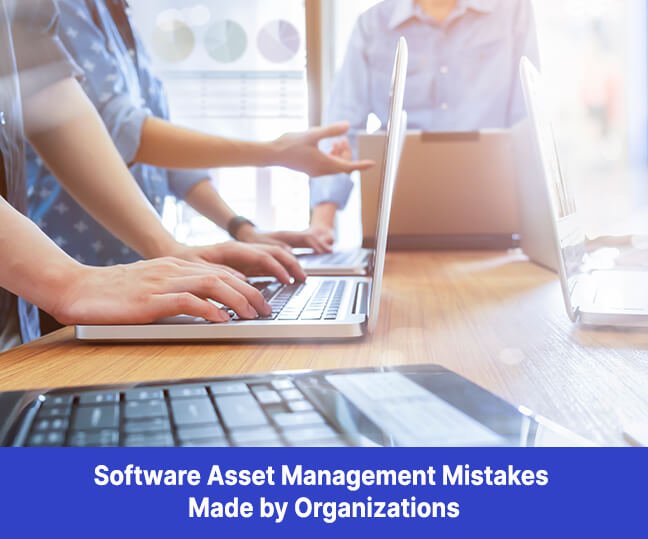Infraon blogs
Expert Insights on ITOps
and Customer Success
Featured on Infraon Blogs
Unlock the power of
Infraon Infinity
One platform for ITSM, helpdesk & asset management
Written by Ganesh Prabhakaran S
Written by Deepak Kumar S
Written by Samaresh Mandal
Written by Deepak Gupta
Written by Arun Prasath R
Written by Soumya Nandhakumar
Written by Deepak Gupta
Written by Vignesh
Written by Vignesh
Written by Pon Vijaya Raghvan
Written by Satish Kumar
Written by Iranna B. Sollapur
Read by category
TOP PICKS IN “CUSTOMER SUCCESS”
Written by Muddada Shyam Sunder
Written by Pon Vijaya Raghvan
Written by Soumya Nandhakumar
Written by Prashanth






